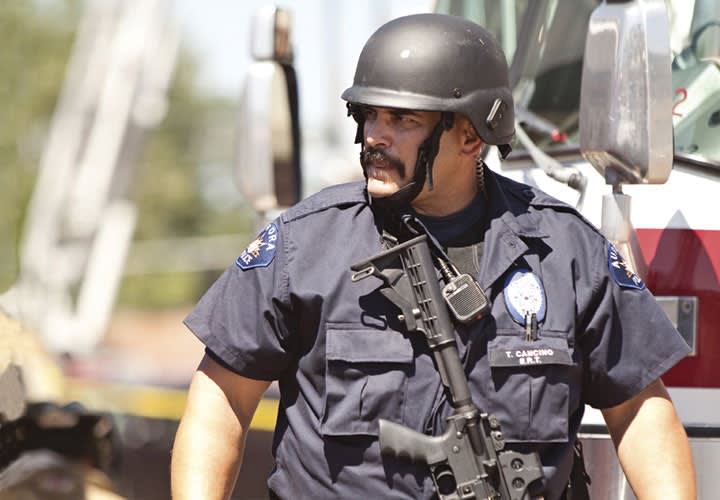He adds there has been plenty of Monday morning quarterbacking about the warning signs Holmes exhibited. Holmes shared many characteristics with past perpetrators of mass killings. He was socially isolated, he was likely depressed, he had access to and training in firearms, and his world had begun to unravel.
"We all recognize these red flags," Levin says. "But we have to be very careful about applying them. You may in fact provoke the very act of violence you had intended to discourage. These warning signs should be used to spot and identify individuals before they have murderous intentions. We need to intervene when someone is troubled, long before they are troublesome. We should intervene in order to help someone who is struggling with life, not punish him or her. A good example is Cho, who had been unmercifully bullied, humiliated, and terrorized throughout middle and high school and nobody did a thing to stop it. When he became a threat and looked dangerous, he was already a senior at Virginia Tech. Then a frightened instructor tried to get him into therapy but it was too late. He was already gone."
Levin believes law enforcement should place a renewed emphasis on community policing, thereby engaging citizens in helping identify at-risk individuals. He points to the tragedies schools have successfully averted by putting a school resource officer on site. "There have been many cases where a student heard a threat in the hallway and was willing to approach this police officer with information that potentially prevented a massacre," he says.
Making police more accessible and known in the community increases the potential for citizens to report suspicious activities. Combine that with the education of frontline employees such as bus drivers, ticket takers, clerks, and concessionaires, and departments open the door to increased communication. "It would help people understand their environment and help them trust their instincts and report any anomaly to public safety immediately," Levin says. "Police officers cannot be everywhere but if we have good eyewitnesses noting any deviations in the baseline we might be able to prevent such acts."
McGhee suggests leveraging technology and increasing law enforcement use of fusion centers, information centers created by the U.S. Department of Homeland Security and the Office of Justice Programs, to increase law enforcement information sharing.












